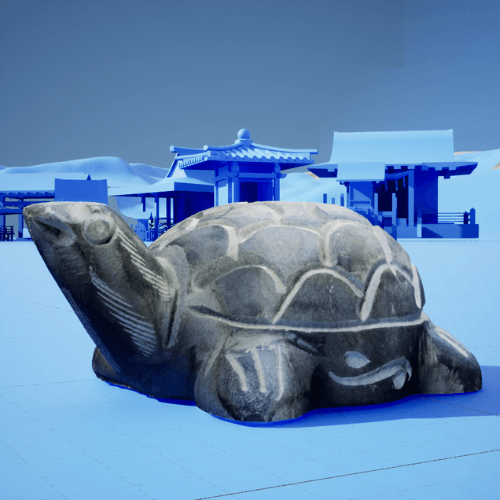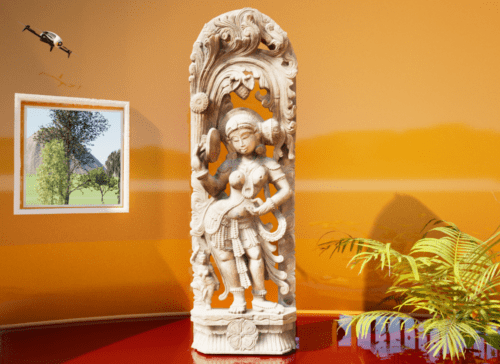The representation of tortoises in Indian sculptures is deeply symbolic and rooted in Hindu mythology and spirituality. One of the most significant depictions is the tortoise as the second avatar of Vishnu, known as Kurma. In Hindu mythology, during the churning of the ocean (Samudra Manthan), Vishnu incarnated as a giant tortoise to support Mount Mandara, which was used as a churning rod by the gods and demons. This act symbolizes the role of the tortoise in maintaining cosmic balance and supporting the world (The Metropolitan Museum of Art) (Philadelphia Museum of Art).
In Hindu philosophy, the tortoise also embodies the principle of dharma, or righteousness. Its grounded and steady nature reflects stability and adherence to one's duties, despite challenges. Additionally, the tortoise's ability to withdraw into its shell is metaphorically linked to the yogic practice of pratyahara, where one withdraws the senses to focus inwardly, a key step towards achieving higher states of consciousness (Hindu Blog).
Tortoise sculptures are commonly found in temple architecture and are often depicted as a support base, signifying the foundation of the cosmos. These sculptures not only represent physical strength but also convey spiritual teachings about patience, endurance, and inner strength. In this way, the tortoise serves as a multifaceted symbol in Indian art, combining elements of mythology, philosophy, and spiritual practice (Philadelphia Museum of Art) (ExclusiveLane).

















